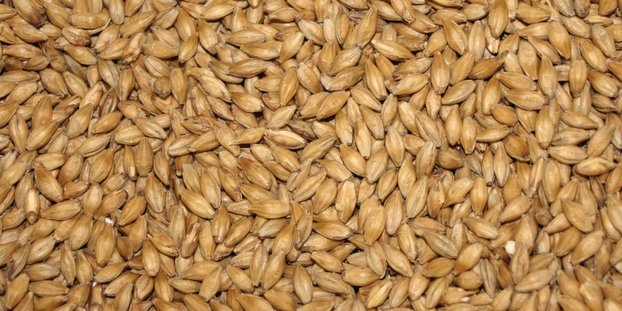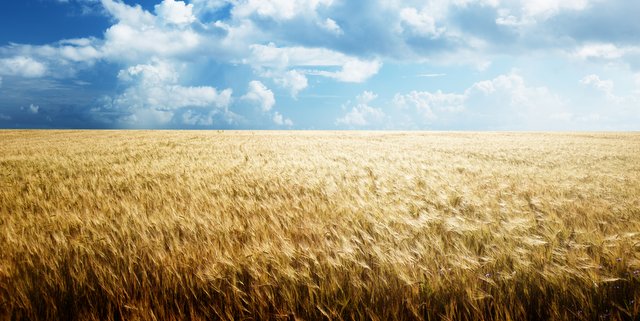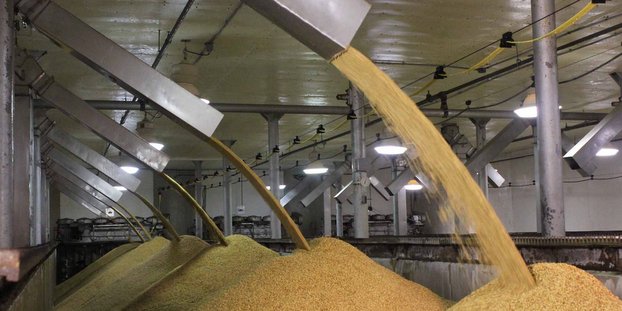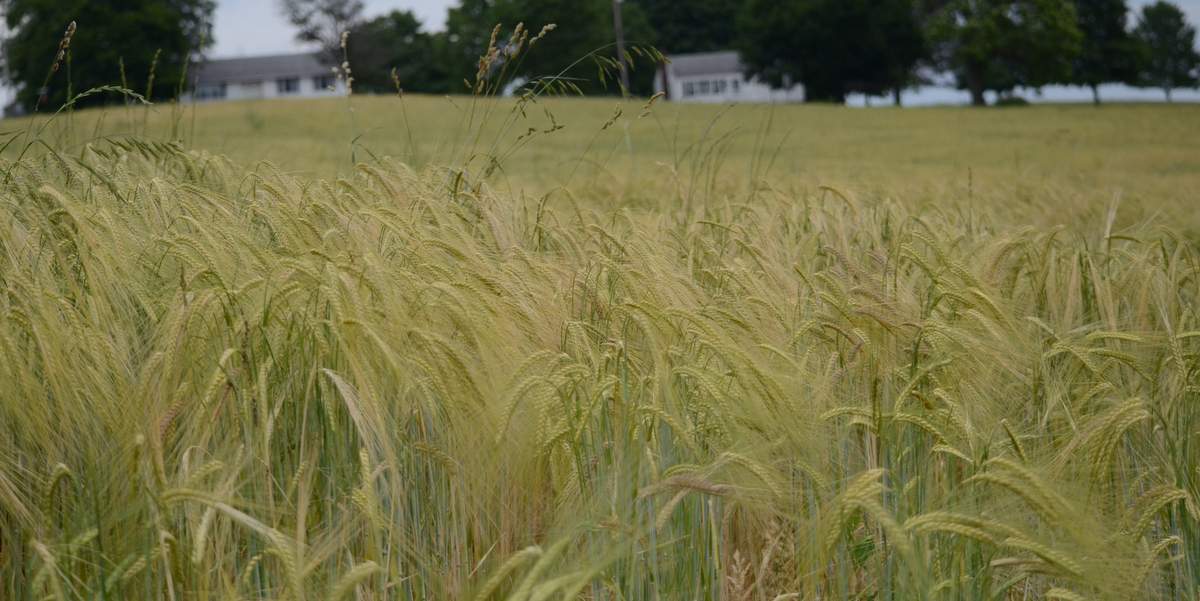During the holiday season, the Craft Brewing Business editors reluctantly head into the world to buy gifts and attend family gatherings. Before heading out though, let’s take a look at some of the top stories of the year from both the craft brewing industry and original features from Craft Brewing Business.
Malted barley is the backbone of many craft beers. Hops might get the limelight, but the proper malt base can raise craft beer to new heights. There was some big movements in the craft malt industry this year. Many small maltsters are looking to provide unique, home-grown malts to local and national craft brewers. Craft Brewing Business invites you to sit back with a cold craft seasonal and take in the flavor of this year’s best malt and barley stories.
Master maltsters reveal how to strengthen your malt supply chain
Water, barley, hops and yeast. That’s the magical elixir of beer brewed down to its simplest form. But like many brews in the craft beer industry, brewers aren’t content with just any run-of-the-mill malted barley. Craft brewers often demand quality and variety in their malt selections.
“Fifty years ago, the only specialty malts being made in the U.S. were produced by Briess. Today, American craft brewers have a dizzying array of domestic and imported specialty malts available to them. So craft beer’s demand for variety, special packaging/grain handling systems and technical support from their malt supplier have greatly impacted the malt industry,” said Bob O’Connell, vice president of sales and marketing for Briess Malt & Ingredients Co., a family-owned malting company that puts the focus on producing a vast offering of specialty malt styles based in Chilton, Wis. “Craft brewers are constantly asking us, ‘What’s new?’ They need a large malt toolkit at their disposal to create a constantly changing beer menu. The amount of malt they need will increase as their businesses grows, but the real demand is for variety and new malts with unique flavors and styles.”
While the demand for specialty malts grows, commodity base malts still make up the lion’s share of the U.S. malt industry in terms of volume. But the malt industry has spent the last 40 years adding specialized drying equipment and other capital improvements to produce specialty malts for small scale craft beer production, O’Connell explained.
As the craft beer industry continues to grow, swelling with new brewers and demand for specialty malts spread over a wide variety of options, it’s important for brewers to establish a solid relationship with a malt supplier and plan as much as possible when ordering their malt supply.
The Mash: Outtakes and extra info from our talks with malt experts
Sure, our Master Maltsters feature story was packed with malt market info and supplier tips for craft brewers, but did you know that for every insight-packed Craft Brewing Business feature there are nuggets of info that are left on the cutting room floor? It’s not that this information isn’t valuable. Often times, it just doesn’t quite fit into the narrative flow of the story. Here at CBB, we don’t like to see anything go to waste; so, we collected a bunch of leftovers from the malt feature story. If you haven’t already, be sure to read the Master Maltsters feature story to get the full picture. Enjoy!
Malteurop North America discusses craft beer malt trends at CBC
The Malteurop Group is a leader in the malt industry, so we definitely had to stop by and meet their American counterparts (Malteurop North America) at the Craft Brewers Conference and BrewExpo America (CBC) in Washington, D.C. Malteurop has developed an original concept as the market integrator of the barley-malt-beer value chain. Their mission? Commit to supporting brewers in their growth, guarantee the security and permanence of their supply chain, manage the physical and financial risks involved in the business and optimize the total cost of the value chain.
Malteurop’s role as integrator begins with the validation of a new variety of malting barley and continues up to the final delivery of the malt to the brewery. Malteurop’s strategic objective is to enable its customers to optimize the total cost of ownership of the supply chain of malt to the brewery. To learn more, we sat down with Amy Germershausen of Malteurop North America at the CBC.
U.S. barley goes from feed grain crop to high value malting staple
Barley has gone from being a major feed grain to a specialty food crop in the last 25 years. While there are still a few areas, primarily corn deficient regions, in the United States that utilize barley for livestock, barley’s major use is for malting — according to a recent report by the American Malting Barley Association. This malt makes its way into many of the cereals, crackers and baked goods that we eat and of course, the beer and other malt beverages that we drink. This shift to a higher value food crop has occurred as acreage has declined and barley’s value has increased.
Micro-malters aim to produce local craft malts
There has been a lot of news about hops growers recently, but hops aren’t the only agricultural commodity coveted by craft brewers. Malts are the craft beer’s backbone — giving the brew its bold body. And malt suppliers in Asheville, N.C., want beer drinkers to know it when they taste a beer made with locally grown grains. National Public Radio (NPR) profiled Brent Manning, co-founder of Riverbend Malt House in Asheville, who is setting out to create a distinct North Carolina malt taste using the power of locally-sourced grains.
Barley’s back: An old grain finds new prominence for distinctive brews
Under a blue sky in a field near Corvallis, a combine spits nearly a ton of barley seeds into a bin on the back of a flatbed Ford. Pat Hayes plunges his hand into the golden kernels. This is the first time he has harvested this variety, named Alba, on such a large scale. Hayes, the head of Oregon State University’s barley breeding program, made the genetic cross that gave rise to Alba 15 years ago. He has been evaluating it in the field since. He’s hoping that the high-yielding grain will be a hit in beer, food and livestock feed.
Barley is one of the world’s oldest cultivated crops. More than 10,000 years ago someone in the Middle East ate it, didn’t die and consequently started growing it. Its genus name comes from the word hordearii, or barley men, in reference to the Roman gladiators who grew burly eating barley. Today, however, barley is barely acknowledged even though it was the world’s fourth most-produced cereal in terms of metric tons in 2010, grown mainly for animal feed. Barley is thought of as a gummy gruel for orphans in a Dickens novel, unless you’re in Tibet, where the dietary staple is a dumpling called tsampa, a mix of barley flour, tea and yak butter.
Honey-colored fields of barley used to be a more common sight in Oregon. The state’s output peaked at 21.9 million bushels in 1957, according to the U.S. Department of Agriculture. In 2011, the state’s farmers harvested just 2.4 million bushels, earning gross sales of $10.6 million, according to a report from the OSU Extension Service, the lowest production since 1909. That same year, barley made up only 2.5 percent of all grains harvested in Oregon in terms of bushels, and it ranked 47th in gross sales among the state’s agricultural commodities.







Best of malts, barley: From choosing a supplier to craft malsters http://t.co/XCuJPhXspu
RT @CraftBrewingBiz: Best of Malts, Barley: From choosing a supplier to craft malsters http://t.co/I7Lm63ctr4